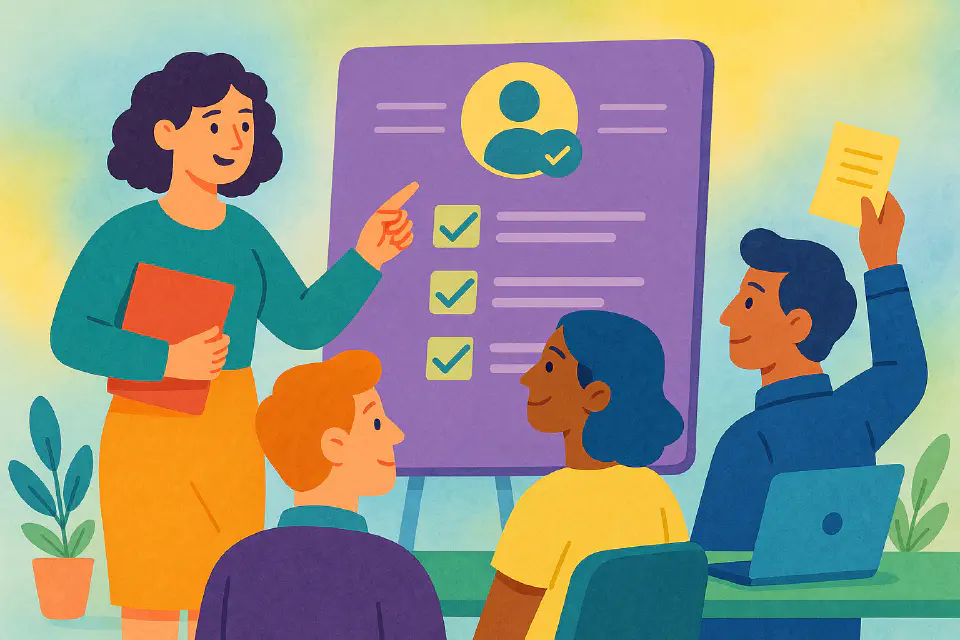
Compliance Training and Accountability
Compliance doesn’t come from policies alone. It’s built through understanding, repetition, and meaningful consequences.
Why Compliance Training Matters
Compliance training helps employees understand:
- What the rules are
- Why they exist
- How to apply them in daily work
- What happens if they are broken
It’s one of the few tools HR has to prevent problems before they occur—rather than react to them after.
Core Topics in Compliance Training
| Topic | Why It Matters |
|---|---|
| Code of Conduct | Foundation of workplace behavior |
| Anti-harassment & discrimination | Legal and ethical workplace safety |
| Data privacy & cybersecurity | Protects both people and business |
| Whistleblowing & reporting | Enables transparency and early intervention |
| Conflicts of interest | Protects integrity of decisions |
| Workplace safety | Required in most jurisdictions |
| DEI basics | Supports inclusion and psychological safety |
What Makes Training Effective?
1. Relevance
- Use examples from your industry and roles
- Address common dilemmas—not just extreme cases
2. Interactivity
- Scenario-based questions
- Choose-your-own-path formats
- Small-group discussions
3. Frequency
- Annually at minimum
- Just-in-time refreshers (e.g., before appraisals or onboarding new tools)
Compliance ≠ Check-the-Box
Ineffective training:
- Is generic or outdated
- Lacks any follow-up or measurement
- Feels like punishment or legal CYA
Tools and Formats
- Learning management systems (LMS)
- Microlearning platforms
- Blended sessions (video + live discussion)
- Anonymous quizzes for knowledge checks
Ensure accessibility for remote teams and non-desk workers.
Tracking Completion and Engagement
| Metric | What It Tells You |
|---|---|
| Completion rate | Reach and coverage |
| Average score | Understanding |
| Repeat completion | Risk awareness (e.g., flagged roles) |
| Feedback survey results | Perceived value and relevance |
Accountability Mechanisms
Training is only one part. You also need:
- Clear expectations: tied to job descriptions and performance goals
- Enforcement: managers held accountable for team behavior
- Escalation protocols: for unreported or unresolved issues
- Follow-up action: when violations occur
HR’s Role
- Curate or create relevant content
- Coordinate logistics and accessibility
- Collect data and report trends
- Support managers with tools and conversation starters
- Push for cultural integration—not just legal minimums
Local and Global Nuances
- Tailor for local laws and cultural norms
- Translate both language and meaning (e.g., what counts as “bribery”)
- Vary formats: e-learning, in-person, printed summaries
Compliance Champions
Consider designating local ambassadors or ethics champions who:
- Reinforce messages
- Offer peer support
- Escalate early concerns
- Represent culture at the ground level
Final Thought
Compliance is not about fear—it’s about clarity and care.
When training is relevant, engaging, and tied to real consequences, people don’t just complete it—they live it.
📂 Categories:
HR Essentials